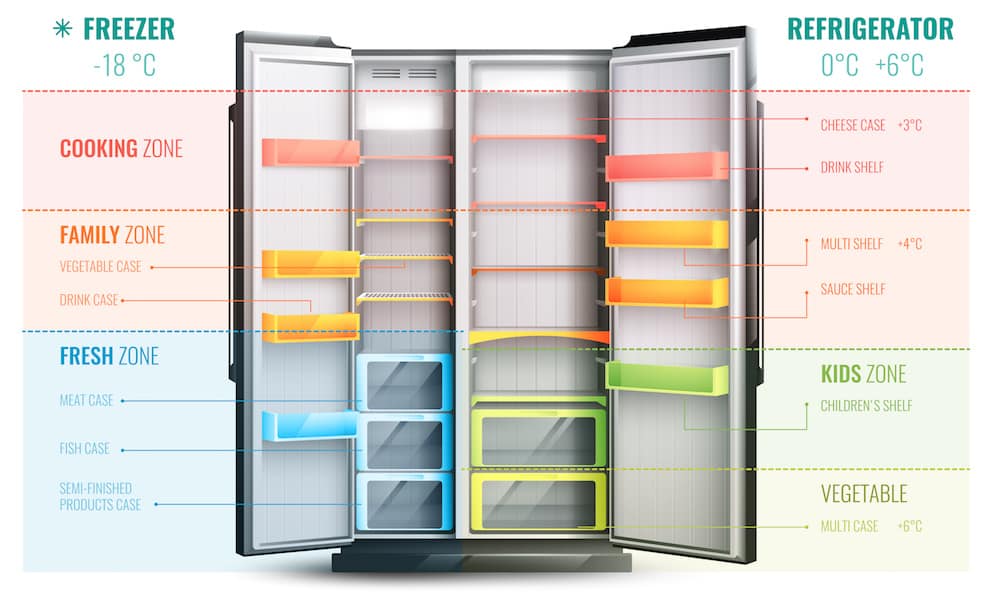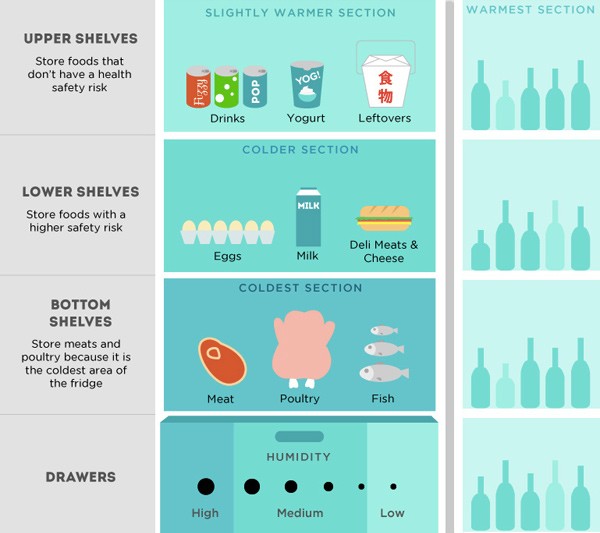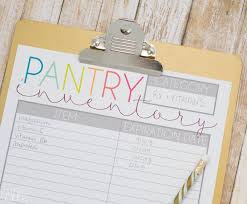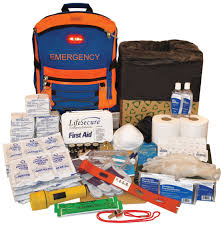Table of Contents
It is essential to have an organized refrigerator in your home that stores food at their correct temperature and avoids contamination and food spoilage.
In this article, we will discuss all the best methods and guidelines which can be used to store food in the refrigerator and discuss which food should be stored above others in a Refrigerator
Organize your Refrigerator
It is a straightforward process to organize your food in the refrigerator. It would help if you took care of Food safety in your mind while organizing food in the refrigerator. You also must take care of the refrigerator’s temperature as it does not go below 40°F.
Some of the best methods and guidelines to organize food in the refrigerator are mentioned below:
The refrigerator’s door: The Door of the Refrigerator is the most open area that receives all the fluctuation of temperatures, like hot and cold, each time you open it.
Because of the temperature fluctuation, it is not recommended that you keep food in the door area. But you can store all your soft drinks and drinkables on the door. Some refrigerators have inbuilt egg spots, which you can use to put your eggs onto them.
Upper Shelves of the Refrigerator: The Upper Shelves of the Refrigerators are the ideal place which you can use to put ready to eat drink items such as cheese, curd, fruits, etc.
You can also put milk on the upper shelves, but you must make sure that milk will stay cool without freezing as Upper shelves are considered as the coldest location in a refrigerator.
Storing Meat: As we have discussed above, we have to keep ready-to-cook items on the upper shelves, which means that we have to keep the meat on the lowest shelf of the refrigerator to prevent other food items.
Some Refrigerators have a meat drawer that you can use to store meats, but you must clean the drawer frequently to avoid cross-contamination between different meats.
Storing Fruits and Vegetables: There are Refrigerators available in the market, consisting of two drawers for Storing Fruits and Vegetables; one drawer puts them in higher humidity and another at lower humidity. Humidity is a significant factor for Fruits and vegetables. You must take care of which type of fruits and vegetables support which temperature.
Ethylene gas is present inside the Refrigerators, which helps keep the Fruits and Vegetables safe, but too many causes the ripening of the fruits and vegetables. So, you must make sure that there is no excess Ethylene gas present in the refrigerator.
Refrigerator Shelves
As you do not know, storing the wrong food on the wrong shelf leads to food contamination. All the shelves available in the refrigerators are arranged from top to bottom, starting from the lowest cooking temperature to the highest.
Let us discuss all the shelf in detail:
- Top Shelf: It is the Topmost shelf in the refrigerator. You can store all the ready-to-eat food material on this shelf. These food materials can quickly be served without being cooked.
- Second Shelf: The second category of the shelf, which has a temperature of 57 degrees Celsius, can store the hot food.
- Third Shelf: The third category of the shelf, which has a temperature of 63 degrees Celsius, is mainly used to store beef, pork, eggs, etc., which can be served immediately.
- Fourth Shelf: It is the lower shelf of the refrigerator and is generally used to store eggs.
- Bottom Shelf: The bottom shelf of the refrigerator, which has a temperature of 74 degrees Celsius and is mainly used to store turkey, duck, chicken, fowl, etc. You can also store previously cooked foods on this shelf.
When to Throw your Food Away
As we know, refrigerators slow the growth of pathogens, which helps keep the Food healthy for many days, but it will not stop the spoiling process. So, you must be aware of when you have to the\row the food away from the refrigerator.
You must follow the food chart to know how long food can be kept in a Refrigerator:
Up to 2 days: Fish, giblets, veal, pork, etc. can only be stored in the refrigerator for up to 2 days.
Up to 4 days: Soups, stews, ham, macaroni, nuggets, etc. can be stored in the refrigerator for up to 4 days.
Up to 5 days: Egg, chicken, ham, luncheon meats, etc. can be put into the refrigerator for up to 5 days.
Up to 7 days: Some foods like corned beef, fully cooked ham, bacon, etc. can be put in the refrigerator for up to 7 days.
Up to 2 weeks: Hot dogs and meat packages can be kept in the refrigerator for up to 2 weeks.
Up to 3 weeks: You can easily store summer sausage packages and hard sausage packages in the refrigerator for up to 3 weeks.
Final Words
We have provided you with some of the best storage charts and guidelines for storing food in the refrigerator. We have also provided all the details regarding which food should be stored above the others in a refrigerator.
If you find this article useful, do not forget to share it once, and if you have any doubts/questions regarding the topic, do not forget to paste it in the comment section below. We will try our best to solve all your queries.









